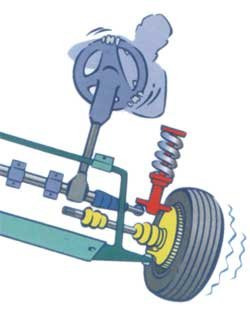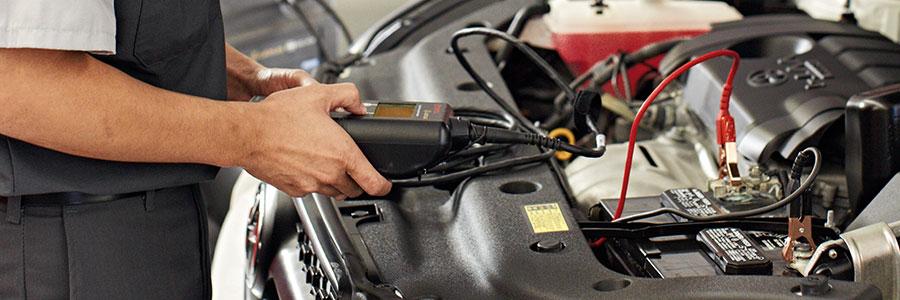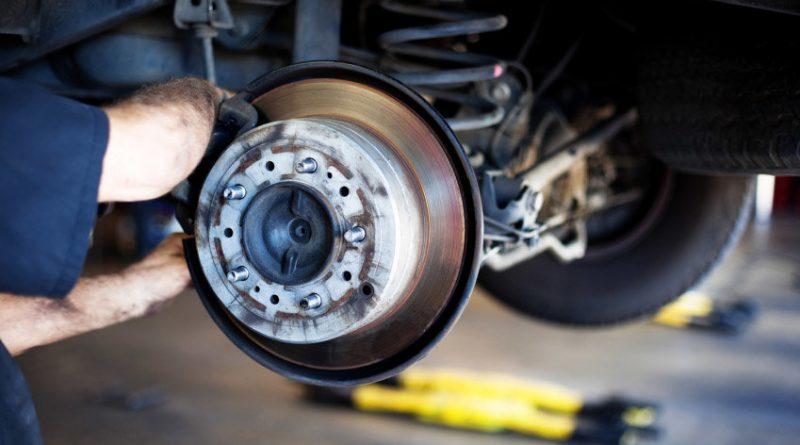If your exhaust develops a leak, that may mean your engine will be required to work harder, which can reduce fuel efficiency, and may expose you to harmful fumes.
Here are the Signs of Exhaust Problems you should not ignore!
Decreased Fuel Efficiency
-
Spending more at the gas pump could be caused by a whole range of things, but it is also commonly caused by an exhaust leak. You may notice a decrease in the “miles-per-gallon” you would normally get (or in Canada, ‘kilometres-per-litre”).
Louder/More Engine Noise
-
One of the key indicators in telling if you need to have your exhaust system examined is a louder engine noise or new engine noise. This may sound like loud rumblings.
Vibrations/Rattling
-
Strange vibrations coming from the steering wheel area or even the gas pedal could be a sign of an exhaust leak. The entire car may shake if the leak is large enough.
If you find your car is experiencing any of the above issues, please consult a qualified mechanic to diagnose the issue and advise you on the repair.
In the Collingwood area, the experts at Kells’s Service Centre are able to diagnose and repair exhaust issues.
Call us today at (705) 445-3421.
We are located at 80 High Street, Collingwood.








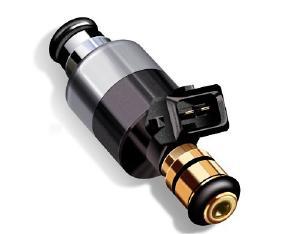 Today’s vehicles include injectors that feed precise amounts of fuel into engine cylinders, maximizing performance and fuel economy. but a clogged injector can affect the spray of fuel just like the clogged nozzle on a can of spray paint.
Today’s vehicles include injectors that feed precise amounts of fuel into engine cylinders, maximizing performance and fuel economy. but a clogged injector can affect the spray of fuel just like the clogged nozzle on a can of spray paint.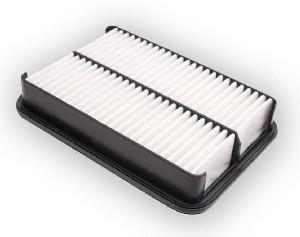 Your engine relies on steady supplies of air and oil, but components can also be damaged by the dirt and debris that can come along for the ride. So remember to change your oil filter and inspect your air filter during every scheduled oil change.
Your engine relies on steady supplies of air and oil, but components can also be damaged by the dirt and debris that can come along for the ride. So remember to change your oil filter and inspect your air filter during every scheduled oil change.
